The role of the ModaLisboa Association in the Portuguese Fashion System - Part II
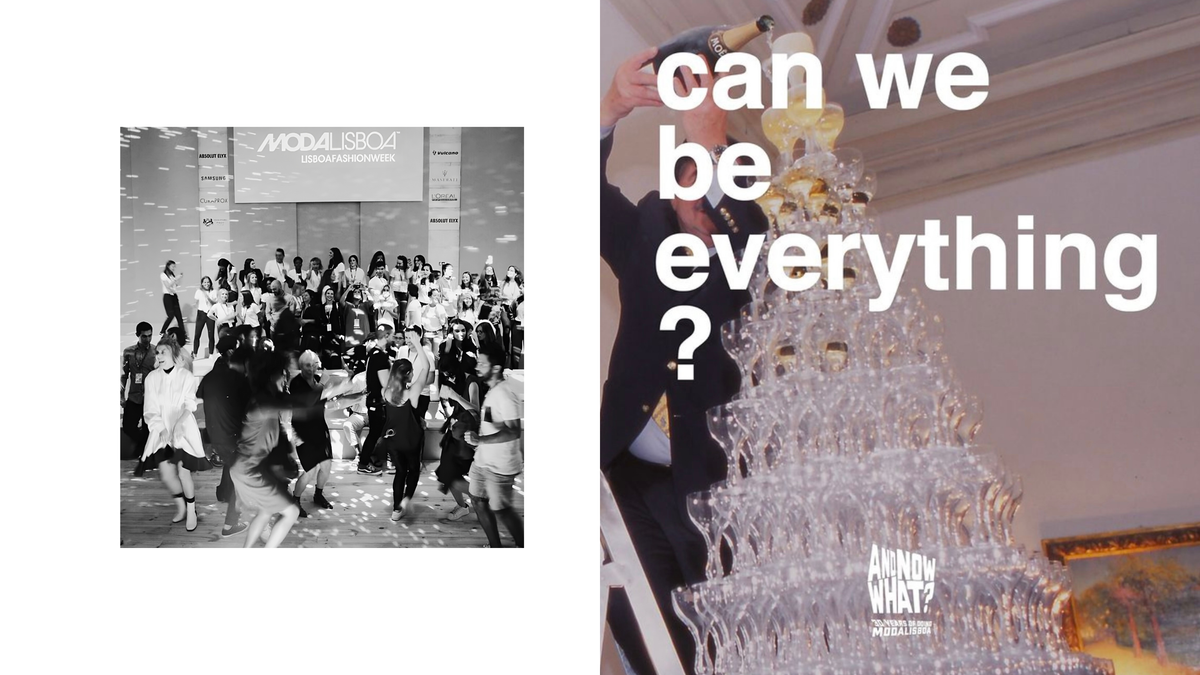
As we conclude the explanation in the fact that one of the driving forces behind ModaLisboa's performance is passion, in its’ various projects and initiatives.
We will now analyze another more tangible factor, the financial issue, or, to be more technically rigorous, financing.
The issue of financing is directly related to the production of the event itself. Budget management is not only related tothe project with the greatest visibility and largest scale of ModaLisboa – Lisbon Fashion Week.
The budget includes each and every initiative signed by the brand. To which are added a multitude of details that have an associated monetary value. And the salary of countless technicians and professionals, who materialize the initiatives, not just for four days every six months, but for 365 days a year.
The scope and capacity to carry out parallel initiatives, both within the event and outside its biannual periodicity, would be strongly and negatively affected in the 2000s. When the European Union excluded the Lisbon and Tagus Valley region from the list of eligible funding from the Operational Programme for the Economy, ModaLisboa was thus excluded from access to what had, until then, been a significant part of its budget.
Portugal Fashion, an event so often compared by the media to ModaLisboa, met the new requirements established at the time.
Regarding the organization's funding the designers who present their work at the event, during his time as co-director, Mário Matos Ribeiro stated that this had never been ModaLisboa's mission. Promoting national fashion was, and continues to be, its mission.
The management of the financial sustainability of brands should be the responsibility of their ‘designer-entrepreneurs’.
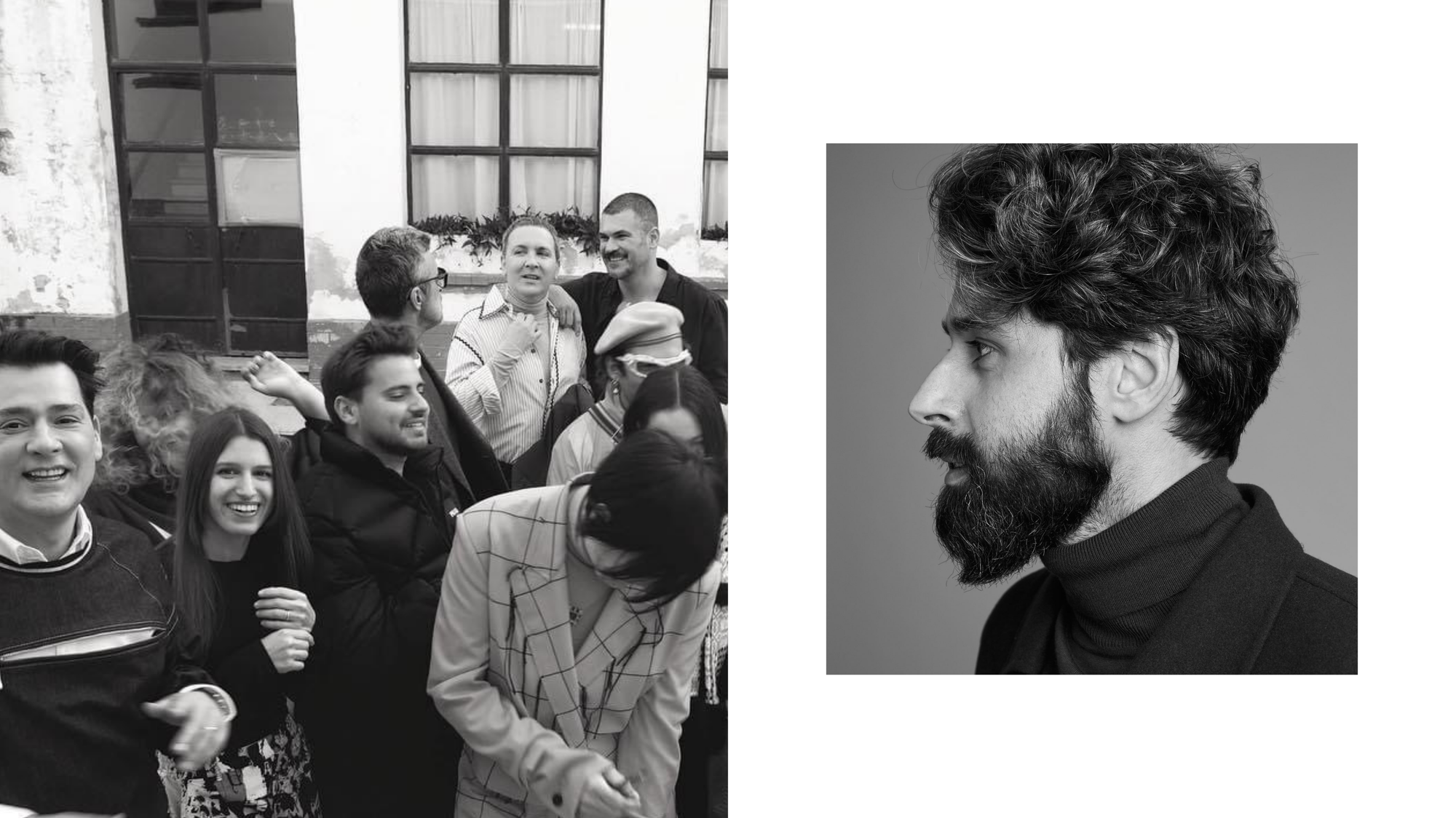
Let us take the example of neighbouring Spain, which, in addition to being mentioned in the aforementioned statement, was also analysed in the context of what was initially known as the “Cibeles Catwalk”, currently called Madrid Mercedes Benz Fashion Week. During Cibeles, designers were financed so that they could produce their collections, making fashion in this cluster an artificial phenomenon.
Currently, many designers like Móises Nieto oppose the management and values perpetuated by the aforementioned organization. Since they do not review their values and their vision of the discipline that is Fashion, in the sale of the experience of what a Fashion Week is - made available in a spectrum of formats ranging from 8 to 950 euros.
Despite what has been explained above, this does not mean that ModaLisboa is not an expressive pillar of support for the authors of National Fashion. Considering the preponderant issues in relation to the current zeitgeist.
Having social media as great allies, we quickly realized that, as Wendy K. Bendoni says in her book “Social Media for Fashion Marketing” (2020), this would not be a passing fad. But a complete disruption to what the Fashion System had been up until then. Questions like the one presented in the post from the official account @lisboafashionweek on May 10, 2023:
“The close relationship between a Designer and the client is the driving force behind the exclusivity of Designer’s Brand. But when it comes to big cities, this direct contact is increasingly a privilege. The scarcity of central spaces, rising rents and the transformation of metropolitan flows mean that having a studio or a store in your own name is almost a utopia. What space, physical and metaphysical, is there for Fashion Design in Portugal today?”
These types of posts are increasingly frequent on the ModaLisboa Association's Instagram, thus framing the challenges we face as a society, with an emphasis on the national territory.
Using its platform not as a mere dissemination of the established calendar, but as a promotion of the national designers that are part of it. This use of digital platforms is a reflection of the work developed and the genesis of each institution.
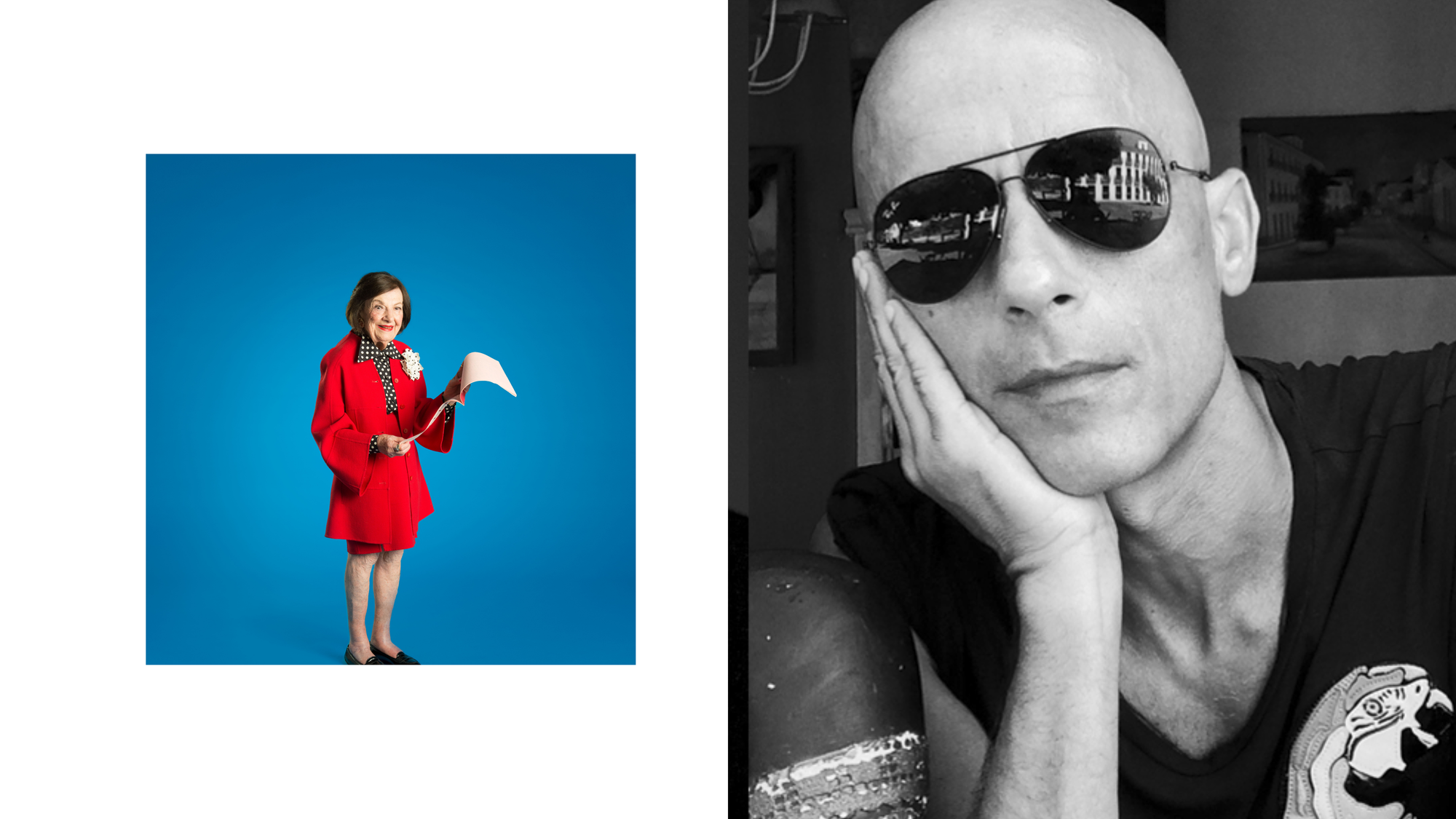
The Fashion Calendar would be acquired in 2014 by the CFDA (Council of Fashion Designers of America). However, neither New York Fashion Week nor its historically renowned counterparts have faithfully continued Ruth [Finley]'s mission.
This argument is based on debates that have been emerging within the industry itself. Debates that bring to the table the fact that Fashion Weeks are becoming increasingly longer.
Extending over ten days - such a long period of time - makes the experience frantic and tiring for fashion insiders. They waste too much time and energy traveling between show locations, which are often considerably far from each other.
This situation not only affects reviews and reports, which are also affected by the inherent lack of logistical conditions for writing them. Articles and essays that, given the fast pace of our contemporary world, must be accessible to the reader almost at the same time that what is reported happens.
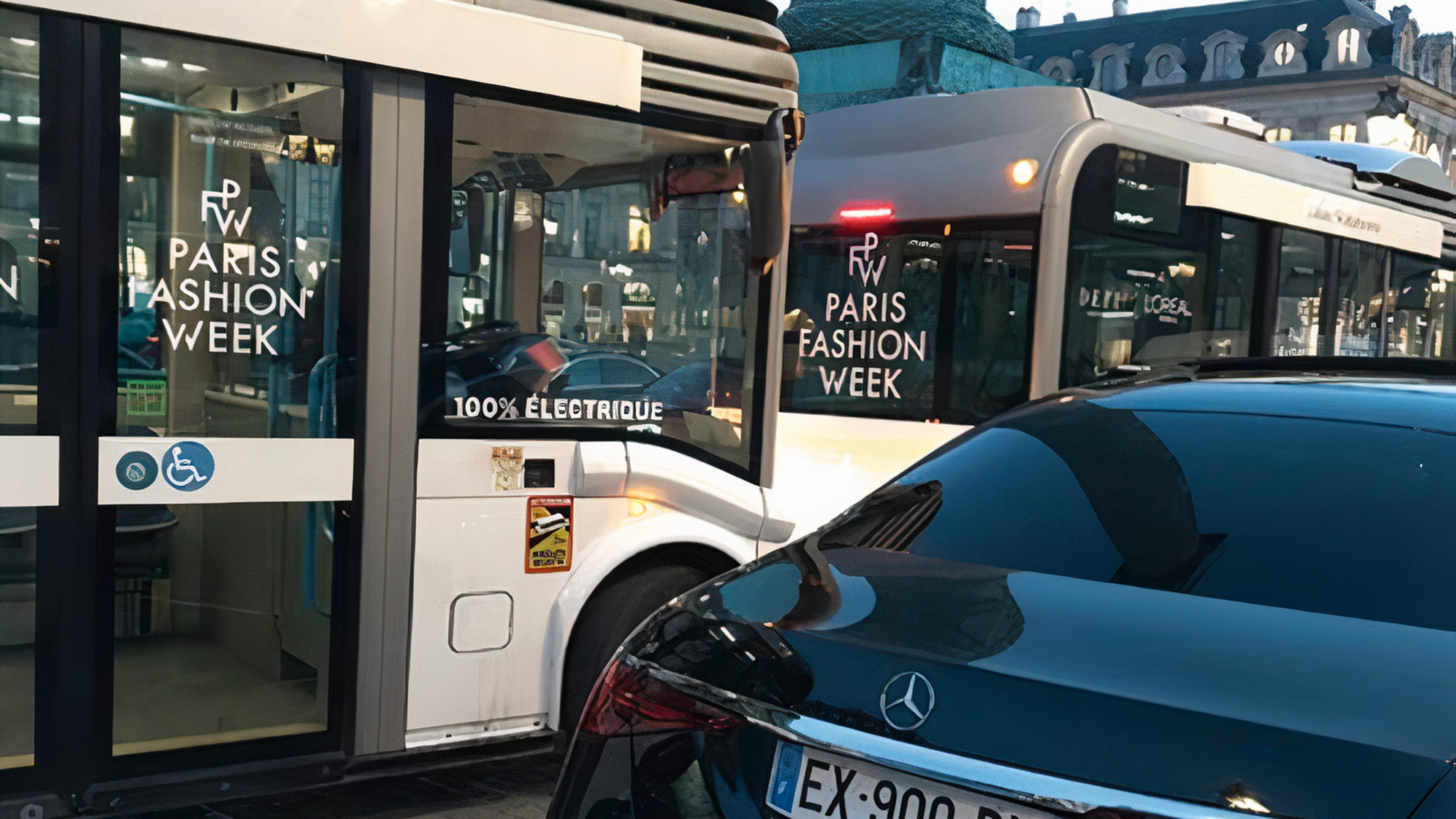
As a result of such constraints, many professionals are forced to make choices about which shows they will attend. This conjecture obviously ends up affecting independent designers whose position in the aforementioned calendars is overshadowed by much more famous names.
Let us now return to the exploration, from different perspectives, of the above mentioned; the said analysis will be divided into two main topics: what is actually said and questioned and what meanings may emerge through inferences.
Next comes the platform and form of communication itself, this fragment being part of a brand message and its values, which may be more or less cohesive.
In line with what is actually said, it is necessary to consider beforehand that an organization does not have the capacity to solve all the problems of an industry/system.
Even from a Design perspective, the essential and fundamental starting point of any solution is the effective and contextualized outlining of the problem to be solved.
The quote is therefore considered an example. In the same way, we make explicit the conviction that solving a problem is not the only viable action. Giving visibility to complex issues is an important step towards developing work that aims to eliminate them.
After outlining several ramifications based on a single quote, it is important to understand how something that is no longer just a mere trend, but rather an integral and important part of the world we inhabit – social networks, can be considered as a reference, if the right context is regarded.
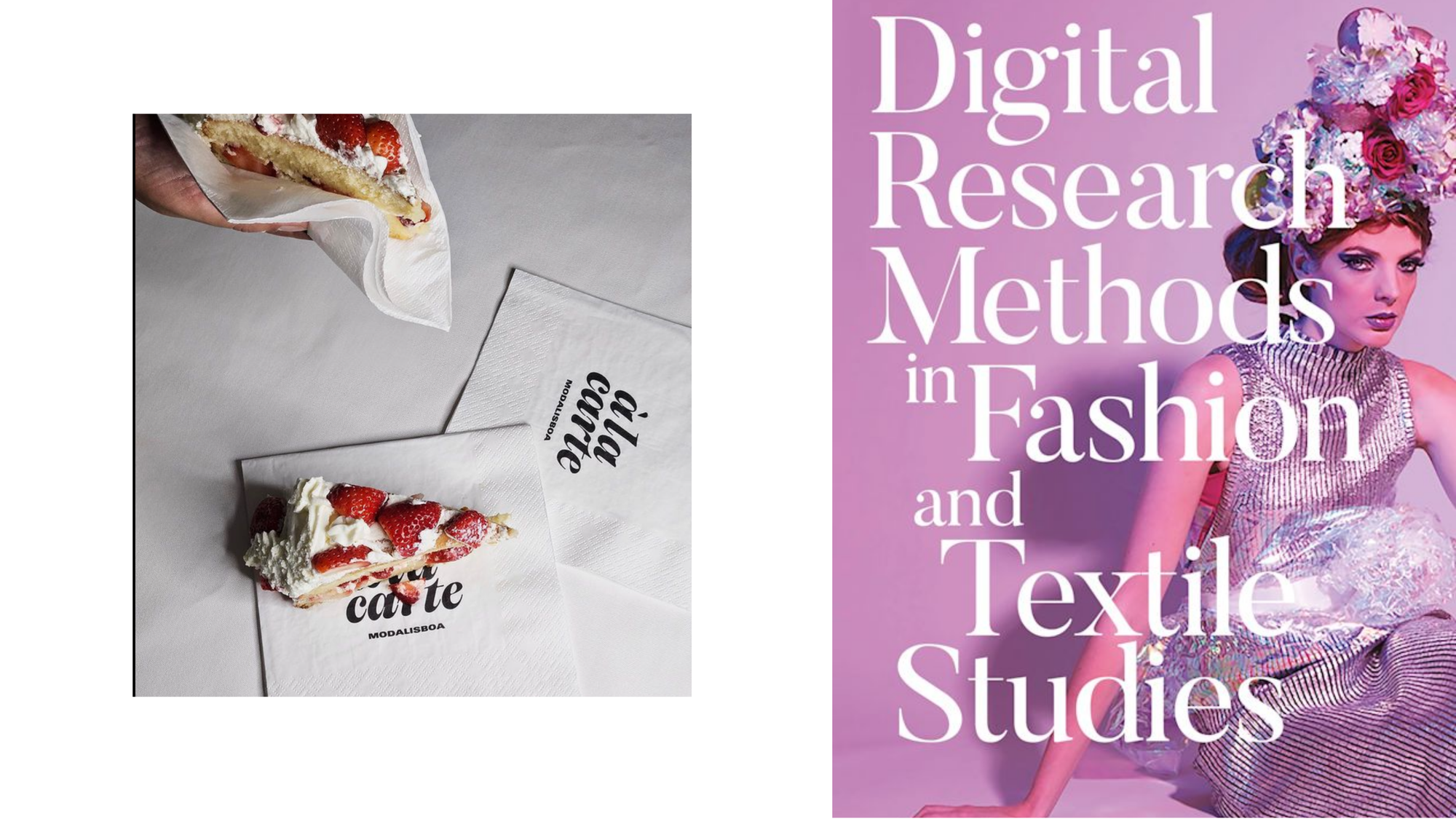
It is therefore appropriate to learn about approaches to the inclusion of social networks in academic research. To this end, we turn to the work of researcher Amanda Skarskie, who has dedicated a great deal of time to this issue.
Sikarskie bases her explanation on the concept of critical theory, which includes, given the context of the author's analysis, the challenge and questioning of what is written in the digital metaverse, based on facts, whether from a historical or sociological point of view. Therefore, we must pay attention to the hermeneutic capabilities of the writer in relation to what he intends to reflect.
The author of Digital Research Methods in Fashion and Textile Studies also points out that, even when articles published in digital and online sources are written by academics and researchers, this fact does not guarantee legitimacy or impartiality. Since such experts often intend to polarize positions regarding certain points of view by sharing their views.
Outlining what can be done to promote and publicize national fashion is the main milestone of the second stage of ModaLisboa — even being personified as more serene, endowed with more maturity while reducing naivety.
Throughout this period, which began in 1996, several young designers, thanks to the help that ModaLisboa gave them, managed to see their names recognized in Portugal and beyond. (Paulo Gomes, 2001)
In the phase that ModaLisboa is currently in, the so-called third phase, it continues to focus on interdisciplinarity, not only continuing the action that it has been developing, but also seeking strategies and adopting new values to boost the growth of fashion within Portuguese territory.
Therefore, this phase of a more mature organization presupposes the promotion of designers at various levels, the provision of an exhibition stage so that the image of their brands is projected in the best possible way, in addition to support for the dissemination of collections, support for their systematization.
From 2002 onwards, specifically the 18th edition of ModaLisboa, not only did several members of various international press outlets attend the event with great pleasure, but they also paid for their own travel expenses to attend. These appearances resulted in several articles that were not limited to analysing trends, comparing designers with well-known names on the international scene, or simply listing hypothetical flaws in the designers or the organization. Many sought to understand, learn, comprehend and make known. And this journalistic rigour allows us to outline this journey.
From the neighboring country, the decree arrived, without any hesitation, that Portuguese fashion exists. Hyperbole for its aesthetic value, quality of its design and execution, its enviable level being its own.
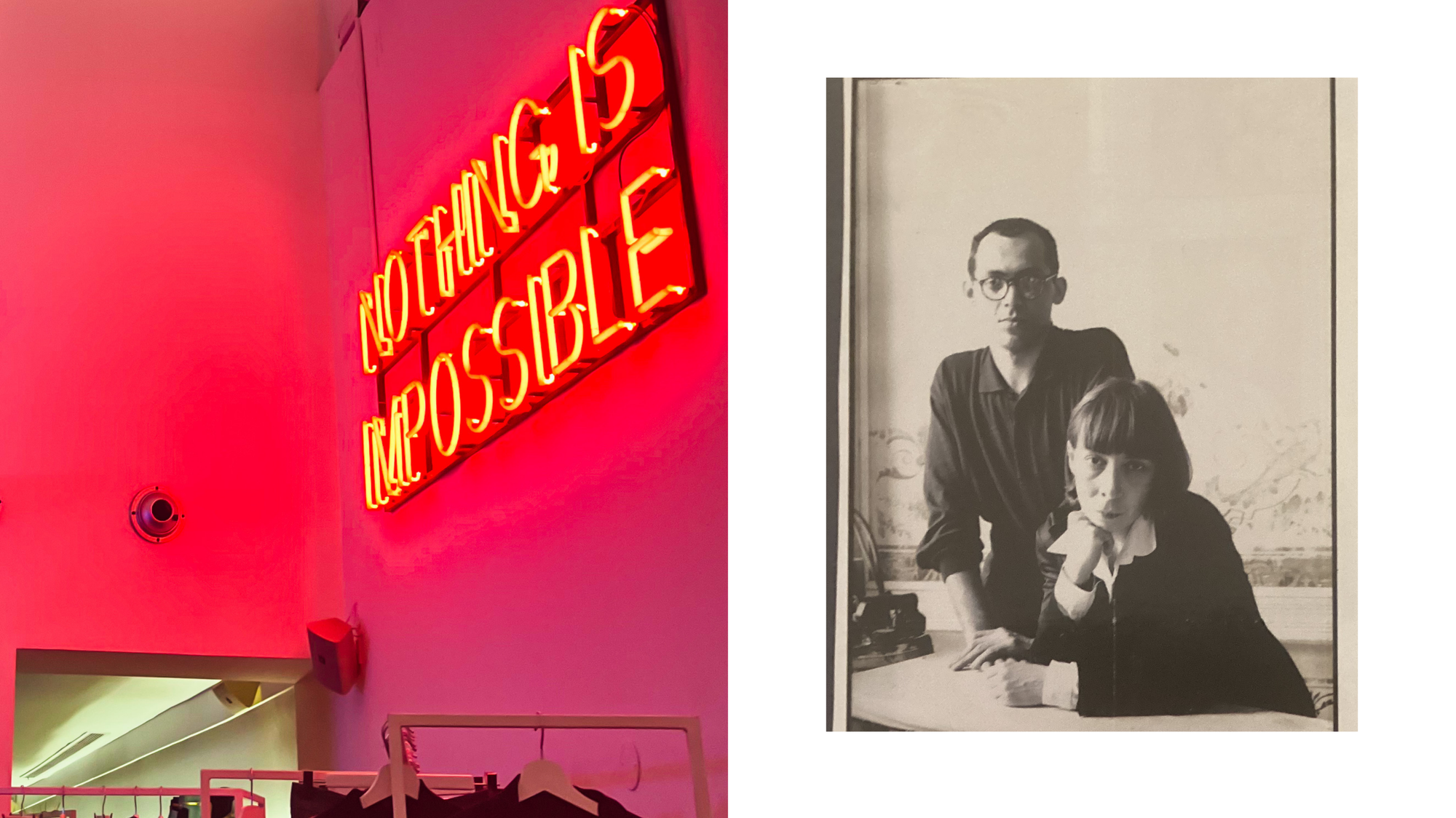
At the time, Eduarda Abbondanza and Mário Matos Ribeiro organised a very busy calendar and oversaw the various areas inherent to a Fashion Week, from art direction to team coordination. The duo's main objective was to establish and solidly position Portuguese Fashion, both at home and abroad (Poveda, 2002).
It is worth clarifying that the use of the expression “at the time” refers to the fact that the Abbondanza/Matos Ribeiro duo had separated, with Abbondanza taking over the organization’s leadership from the In the Market edition onwards.
At the time of ModaLisboa|Action, where the myth of the quarrel between ModaLisboa and Portugal Fashion was already being perpetuated, arousing curiosity even in the international press.
As part of the aforementioned edition, Matos Ribeiro gave a statement to the press, saying that the Porto catwalk wasn´t born from an actual need from the designers, since ModaLisboa gave designers the opportunity to present their collections in full, whereas at Portugal Fashion each designer only presented 12 looks in a collective show.
MMR also stated that Portugal Fashion had started with a much more industrial component than ModaLisboa, and later evolved into a welcoming and open approach to independent designers. The co-founder of the cornerstone event, of one of the most important disciplines of Design in Portugal, understood and empathized with the positioning of designers who present at both events and who sought to penetrate this market by attending the event in the North.
Let us return to the issue of testimonies from international journalists — it is quite curious how the journalist from the publication Ahead, Brigitte Wilhelm, describes the role and performance of ModaLisboa by establishing a personification that is also a comparison. Thus, she metaphorically confers the status of a person/human character to ModaLisboa in order to establish the comparison with the character Robbin Hood.
Wilhelm emphasizes that, when he first attended the event and from her perspective as an outsider of the event and its organization, it appeared to be an institution similar in every way to the institutions that organize international weeks such as the Chambre Syndicale de Mode in Paris and similar institutions in Milan, London or New York.

But the journalist quickly formed an opinion about ModaLisboa — it was a modernized Robin Hood. Given that, in her own words, it asked for money from rich people and companies, as a way of supporting Fashion and giving independent designers a free platform to showcase their brands.
Creating a Portuguese Fashion Week, by bringing together and giving opportunities to the creative power of the entire country. At the same time, several international journalists are invited, who are pampered, in large and small gestures. So that, in this way, they are in the most conducive environment for the full understanding and appreciation of the work developed by all the professionals involved, with the designers being the undisputed chosen ones to take the lead.
All this human movement constitutes an added value for all those who benefit from the experience, regardless of where they are located within it. (in Ahead, Wilhelm, 2002).
What is presented here will use auto-ethnographic methodologies, although, being aware of the academic criticisms of this approach, it is reiterated that what is intended is not an autobiography.
But an integration of the researcher's experiences as an observer of the phenomenon under study, hence the fact that from edition 36 or the year 2011 onwards there is not as much mention of bibliographical references, not that consultation of them did not exist, however, the experiences and consultation of theoretical references merge over time.
Part of the Master's dissertation in Fashion Design "The role of the ModaLisboa Association in the Portuguese Fashion System" by Vera Lúcia Mendes, March 2024.
